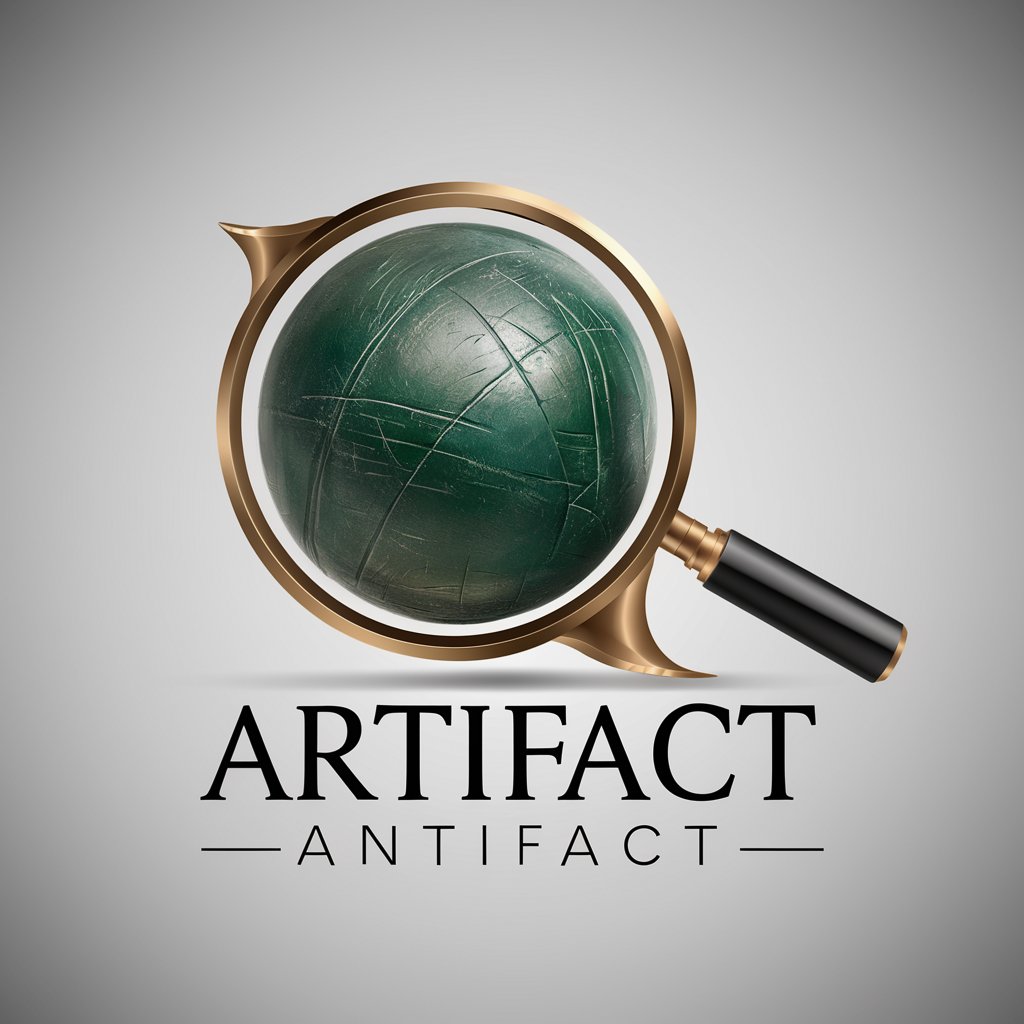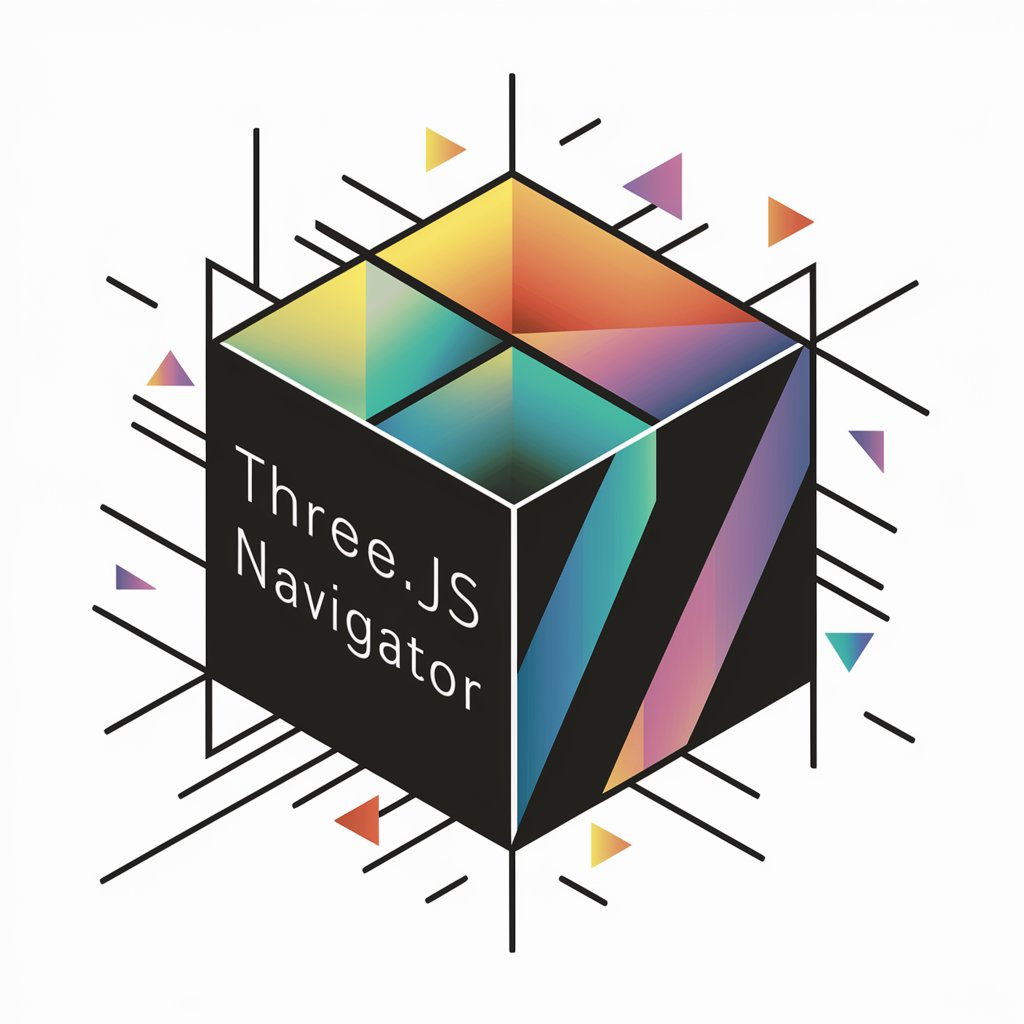Artifact Analyst - Bronze Age Artifact Analysis

Welcome! Let's explore the secrets of Bronze Age artifacts together.
Decoding history with AI-powered artifact analysis
Analyze the microscopic photo of this Bronze Age artifact.
Explain the significance of the scratches and grooves on this artifact.
What can we learn from the traces found on this ancient object?
Describe the possible historical uses of this Bronze Age item based on the microscopic details.
Get Embed Code
Understanding Artifact Analyst
Artifact Analyst is a specialized tool designed to analyze microscopic photos of Bronze Age artifacts, focusing particularly on traces like scratches and grooves. The primary goal is to assist users in understanding the historical significance and the manufacturing techniques of artifacts based on their minute details. This GPT model offers both technical and simple explanations, ensuring that both experts and novices can grasp the insights provided. For example, by analyzing the depth and patterns of scratches on a ceramic pot, Artifact Analyst can help infer the tools used in its creation or the wear it experienced through usage, shedding light on the daily life or technological capabilities of past civilizations. Powered by ChatGPT-4o。

Core Functions of Artifact Analyst
Detailed Analysis of Wear Patterns
Example
For instance, a user uploads a photo showing a series of linear scratches on a bronze dagger. Artifact Analyst can analyze these marks to determine if they resulted from combat or from routine sharpening practices.
Scenario
This function is particularly useful in museum settings where curators are trying to ascertain the use of artifacts to provide accurate descriptions for their exhibits.
Estimation of Artifact's Age
Example
If a pottery shard features a distinct type of patination that suggests prolonged exposure to certain environmental conditions, Artifact Analyst can estimate the relative age of the shard.
Scenario
Such analysis is invaluable for archeologists trying to date the layers of an excavation site without the need for intrusive sampling techniques.
Educational Tool
Example
Artifact Analyst can explain the significance of artifact features in simple terms, such as describing how the shape and material of a tool inform about the technological advancements of its time.
Scenario
This is especially beneficial for educational programs in schools or public workshops at museums, making the learning process both informative and engaging.
Target User Groups for Artifact Analyst
Academic Researchers
This group benefits from the detailed, scientific analysis of artifacts that can aid in the publication of research findings and the development of historical hypotheses.
Museum Professionals
Curators and educators can utilize the insights provided by Artifact Analyst to create more detailed and engaging exhibits or educational content, helping visitors connect more deeply with historical objects.
Students and Educators
Artifact Analyst serves as a practical tool in classrooms or online courses, enriching the learning experience by providing hands-on analysis that helps students understand and visualize the history and technology of ancient civilizations.

How to Use Artifact Analyst
Start Your Free Trial
Visit yeschat.ai to begin your free trial of Artifact Analyst without needing to log in or subscribe to ChatGPT Plus.
Upload an Image
Provide a high-resolution microscopic image of a Bronze Age artifact, focusing on areas with scratches or grooves.
Specify Your Interest
Indicate specific features or areas of interest in the image to guide the analysis towards relevant artifact characteristics.
Review the Analysis
Receive detailed insights into the artifact’s age, usage, and manufacturing techniques based on the observable microscopic features.
Apply the Knowledge
Utilize the provided analysis for academic research, artifact authentication, or simply to enrich your understanding of Bronze Age artifacts.
Try other advanced and practical GPTs
Technology Litigation & Legaltech (Law)
Empowering Law with AI

Business litigation
AI-Powered Legal Insights

Zen Samurai
Craft Your Words with AI Power

HR ekspert Norge
Empowering HR with AI

Three.js Navigator
Master 3D Web Graphics with AI Guidance

Artistic Framer
Custom Tribal Art at Your Fingertips

Sociology Mentor
Unleash sociological insights with AI.

Sociology Professor GPT
Empowering Sociology Learning with AI

A-Level Sociology Tutor
Master Sociology with AI Guidance

Coffee Drip Master
Perfect Your Brew with AI

Drift Maker
Powering Imaginative Car Drifts

The CFO
Empowering your financial decisions with AI

Frequently Asked Questions About Artifact Analyst
What type of images does Artifact Analyst require?
Artifact Analyst needs high-resolution microscopic images that clearly show the surface details like scratches or grooves of Bronze Age artifacts.
Can Artifact Analyst determine the age of an artifact?
While Artifact Analyst can provide insights into the likely age range based on manufacturing techniques and wear patterns, precise dating should be corroborated with other archaeological methods.
How does Artifact Analyst help in academic research?
It offers detailed analysis of microscopic features, assisting researchers in understanding the artifact's manufacture and use, contributing to broader archaeological studies.
Is Artifact Analyst useful for artifact restoration?
Yes, by identifying the manufacturing techniques and materials, restorers can choose appropriate conservation methods that align with the artifact's original context.
What limitations does Artifact Analyst have?
The accuracy of the analysis depends on image quality and clarity. Ambiguous or low-resolution images may lead to less definitive results.
